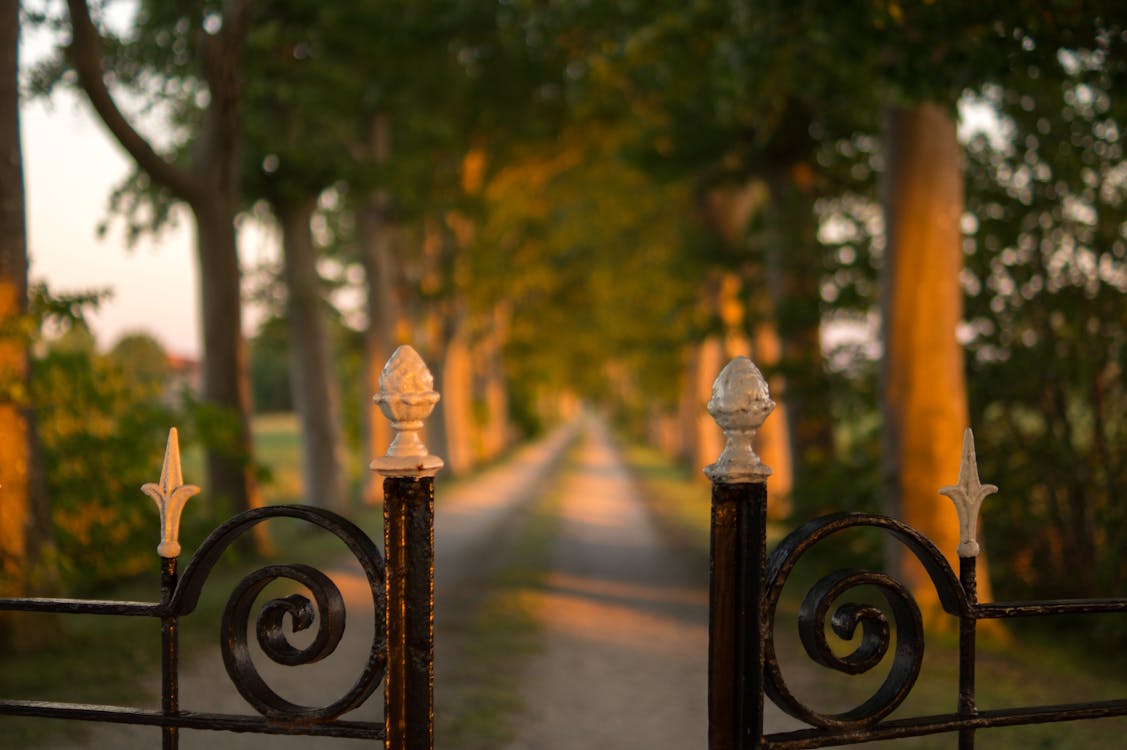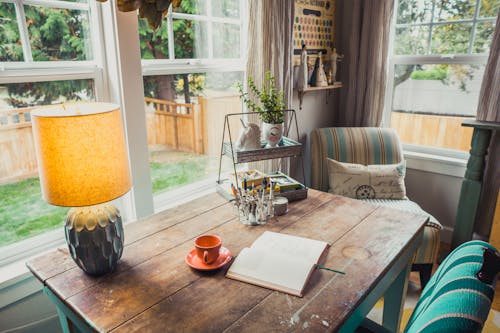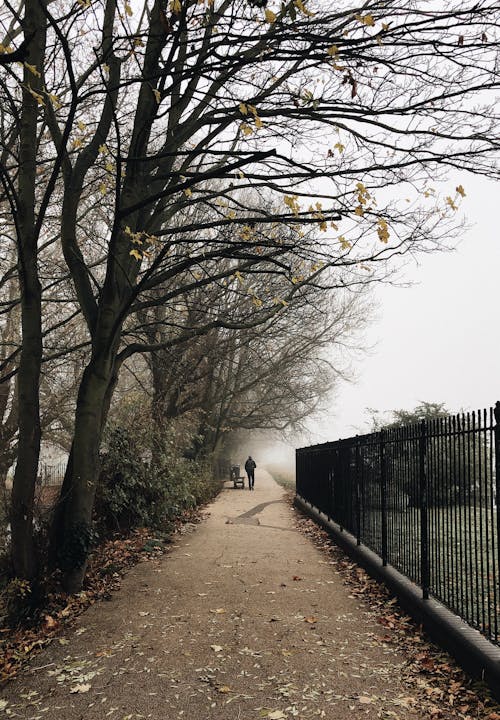Around the Perimeter
Be it privacy, safety, establishing property lines, or even decoration, the addition of a security fence to your property requires research and planning. Providing a perimeter barrier that creates an obstacle for intruders while protecting property, assets or facility can prevent some major headaches while offering significant peace of mind.
Hurdles
A security fence worth its salt should discourage climbing over:
- without handholds and footholds
- with appropriately small openings
- topped with spikes or barbs.
There should be no convenient or exposed screws or easily undone fasteners, and the fence steel should be strong enough to resist cutting. For public lands and properties, it means a distinct clarity of boundary line for potential trespassers--innocent or intentional. While the spacing of the mesh resists scaling, it allows visibility so the intruder is easily seen.
At Home
For a private dwelling it creates clear lines for boundaries (for your present neighbors, but also the future neighbors) and for maintenance, such as removing leaves, lawn debris or snow. Inside the lines, you will benefit from the safety of children and pets, particularly if you're concerned about a busy street. If your area is more vulnerable to wild animals, your fence adds important protections.
- Of course, a fence is mandatory if you own a pool and town ordinances must be strictly followed.
The Height of Your Fence
Local building codes vary--it is necessary to check with town authorities before proceeding. Sometimes, a lower fence is required for the front of a property, with taller allowances for the back.
- For residential, 4 feet in the front of a property and 6 feet in the back and sides is a general rule. You are outlining a legal boundary and as such, there are limitations based on established covenants and conditions. Even natural fences comprised of trees or bushes can be subject to height restrictions--often between 5 and 8 feet. If the property is a landmark, borders a landmark or is in a historic district, the design plans will most likely require zoning permits.
- In commercial or industrial areas, height limits may be 6 to 8 feet, and barbed wire only above 7 feet. In some areas, industrial fences may reach a maximum of 10 feet. Still, local ordinances must be consulted. Two exceptions: applications for a one-time variance and fences that pre-date the current laws.
- Along with the fence, a gate as tall as the fence is needed. Thinking about access: consider locks, lighting, an intercom system, fingerprint or an iris detection system.
- One happy by-product here is that your new fence may positively affect insurance premiums.
Looks Matter
A fence may be there to ward off intruders but it should be welcoming and inviting to you. Good-looking fences are definitely available and your neighborhood is going to thank you for an appealing fence as well. When it comes time to sell, it will add value to your home as an attractive fence is an excellent investment.
A security fence provides a physical as well as psychological deterrent and creates privacy. Though attractive, the fence should be imposing from the outside, causing passers-by and intruders to remain external.
Avoid Chain-link:
- Footholds make it easy to climb
- Makes for easy cutting
- Unattractive
- Requires unsightly barbed wire on top to be effective
Various Issues
Coatings are important to the longevity and attractiveness of the fence. Guarding against shabbiness is an important deterrent as well. The environment around the security fencing is part of the equation. Corrosion or deterioration is always a factor with fencing, particularly in a coastal areas. Moisture in general is an issue and drainage also must be assessed.
Some potential roadblocks in obtaining a fence:
- Expense
- Blocking views
- Maintenance of grounds and plantings around a fence
- Upkeep and wear and tear of the fence
- Agreement or permissions needed of neighbors concerning your fence
A professional is the best bet when considering design criteria. The intention of the fence, type and style of property, along with the neighborhood, terrain, and environmental impacts are all important components in your decision-making.



























